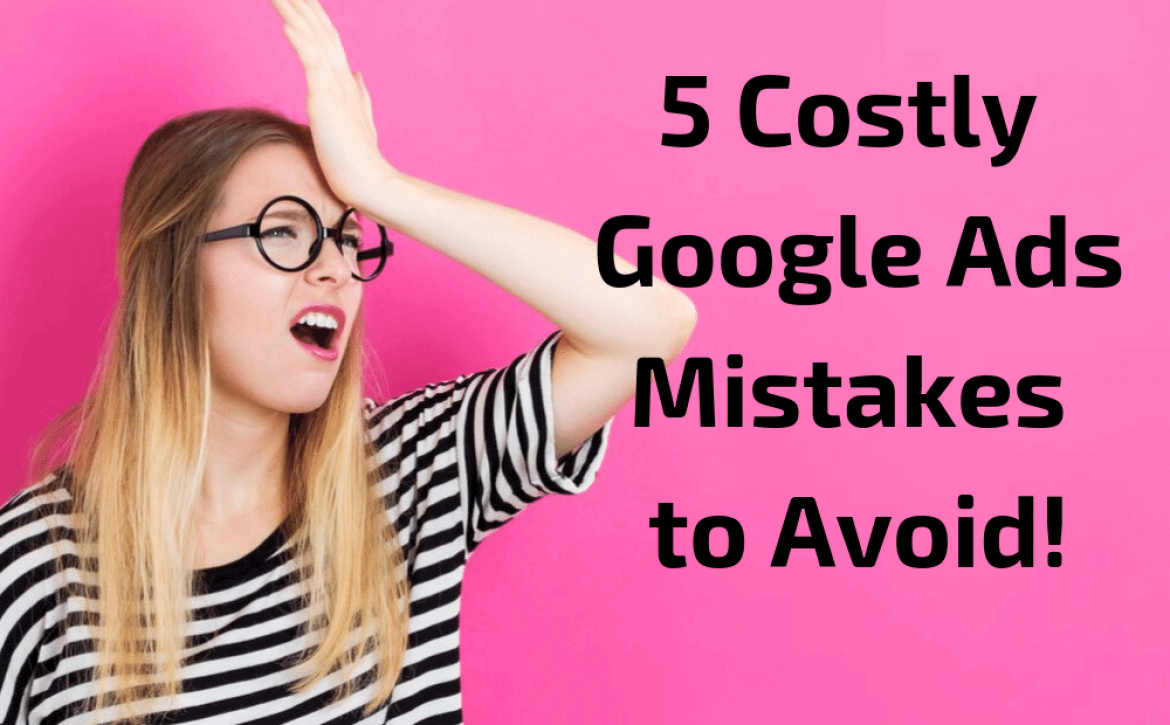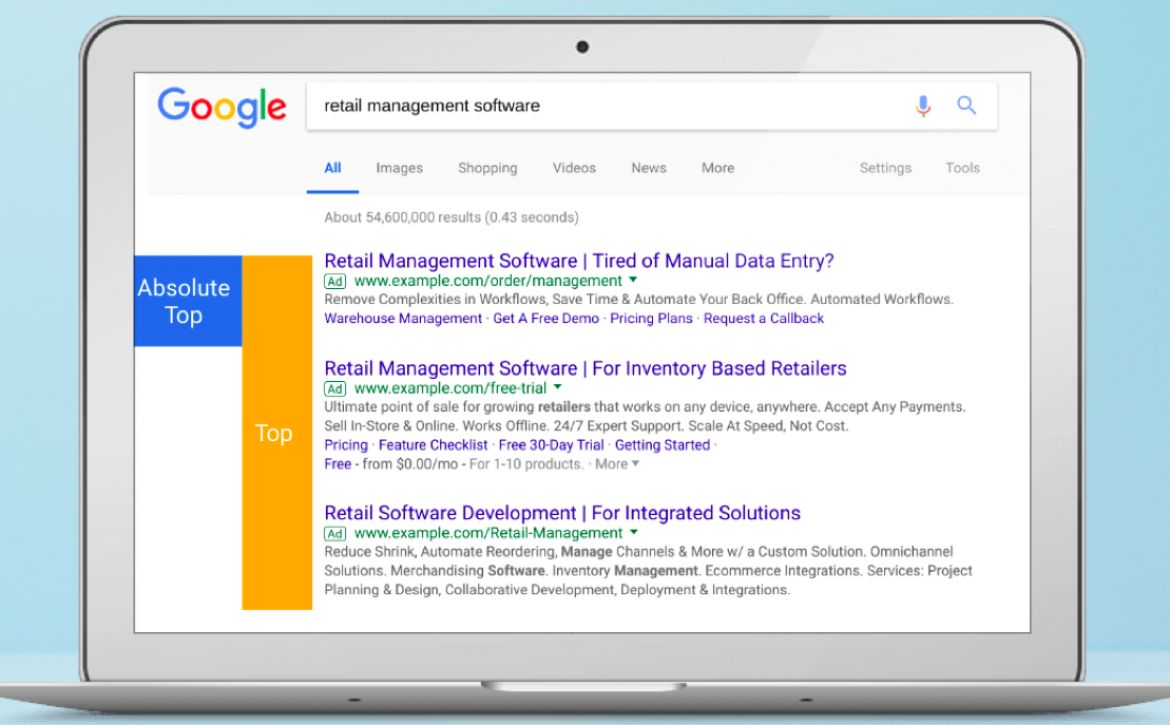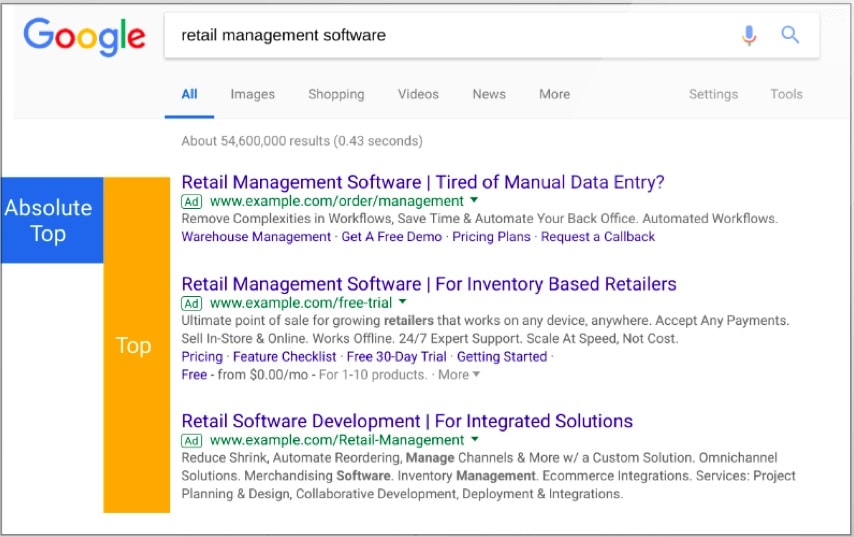How to Resolve the Google Ads ‘Limited by Budget’ Issue and Increase Sales and Revenue
Are your campaigns being plagued by the dreaded ‘Limited by Budget’ status issue?
What does this mean? And how do you get rid of it?
One obvious way of resolving this that may have occurred to you of course is to increase your budget.
But what if you don’t want to spend more? What if you don’t want to increase your campaign budget?
Well then there are a number of other options for resolving this, and getting closer towards optimal performance for your campaigns.
What Does ‘Limited by Budget’ Actually Mean?
Well, this question actually has a very simple answer, which is that the number of clicks your campaign can possibly generate within a day is being limited, or constrained, by your budget being set too low.
For this reason your ads may stop serving early in the day, for example at 5pm instead of midnight, due to the budget become exhausted.
Is My Campaign Being ‘Limited by Budget’ a Problem?
Whether your campaign being limited by budget is a problem or not, really depends on your objectives. What is very likely however, is that the campaign is not set up optimally.
That is to say, your campaign could be generating additional impressions, clicks, and conversions, if your campaign’s settings were optimised.
Are you OK with leaving money on the table, figuratively speaking? If you’re not OK with that, then having a campaign that is being limited by budget is a problem.
The next question is, how do you fix it?
Would You Like to Increase Your Budget?
As mentioned above, a simple fix for this issue is to increase your budget. Part of the reason that these status alerts show within your account is to encourage you to maximise the spend of your campaigns.
To assist with this Google offer recommendations which you can view by Selecting the chart icon next to the campaign that is marked “Limited by budget”. A pop-up with daily budget options will then appear, and you can get a rough idea of how many additional clicks and impressions you can generate with various budget increases.
But what if you don’t want to increase your budget? Well in that case, there are other options that can allow you to generate more clicks and conversions while keeping your campaign budget the same.
Optimising Your Bids to Get More Within Your Budget
If you want to get more clicks, but increasing your budget isn’t an option, what other options are there? The simple answer here is to decrease your bids.
Decreasing your average cost per click, will effectively allow you to fit more clicks within your current budget.
To illustrate this, we’ll look at two hypothetical examples using small numbers:
Example 1: £100 Budget / £2 CPC = 50 clicks
Example 2: £100 Budget / £1 CPC = 100 clicks
Notice how in the second example, twice as many clicks have been generated by halving the CPC.
Of course in reality we need to consider other factors, such as whether or not our ads will show with a lower, and therefore we may not necessarily be able to half our bids.
But the logic still follows that if we reduce our average CPC, then we will be able to generate more clicks within our budget.
By making small incremental changes, you can observe the effect of your bid adjustments, and the impact on the number of clicks that you are receiving.
What If You’re Using a Smart Bidding Strategy
If you’re using a smart/automated bidding strategy such as Target CPA, and your campaign is being limited by budget, then you can look to make incremental adjustments to your goals.
In this example, you may choose to make decreases to your Target CPA, and observe if this allows you to generate conversions at a lower average CPA, thereby generating more conversions within your target CPA.
Need Help With Your Google Ads Account?
If you feel your campaigns are not working as effectively as they could, and would like an expert to review your account, then feel free to get in contact with us and we’ll have one of our specialists get in contact with you.









